Galaxy S21 vs. iPhone 13 vs. Pixel 6: Which smartphone do I choose in 2021?
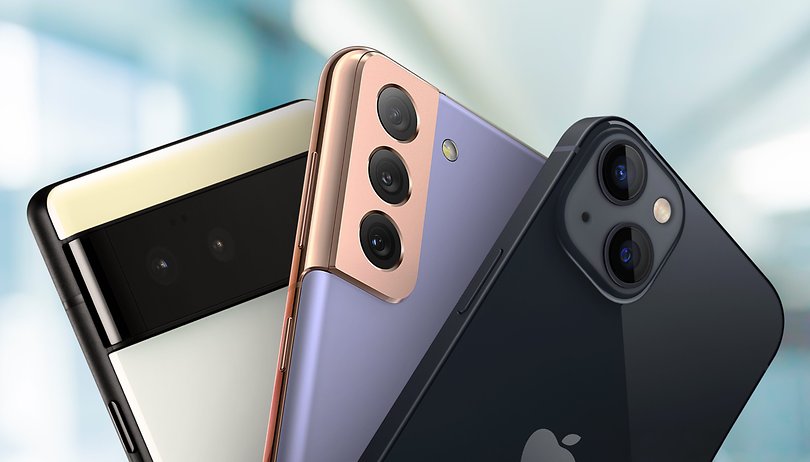

With the launch of the Google Pixel 6, we decided to pit the market's top competitors in a side-by-side comparison to understand which model offers the best set of specifications in 2021. For this comparison, we selected the vanilla versions of the two major competitors: Apple and Samsung. Between the Galaxy S21, iPhone 13, and Pixel 6, which smartphone would you choose?
Before viewing just what are the main similarities and differences between the three models in greater detail, I will share a comparison table of hardware specifications, positive and negative points as mentioned in our reviews on NextPit below.
| Comparison table | |||
|---|---|---|---|
| Product | |||
| Image |  |
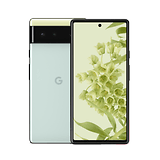 |
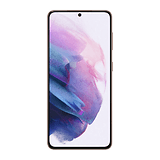 |
| Screen | 6.1-inch OLED 1,170 x 2,532 pixels (460 PPP) at 60 Hz 1,200 nits maximum brightness |
6.4-inch OLED 1,080 x 2,400 pixels (411 PPP) at 90 Hz |
6.2-inch OLED 1,080 x 2,400 pixels (421 PPP) at 120 Hz 1,300 nits maximum brightness |
| SoC | Apple A15 Bionic 2x Avalanche @ 3.24 GHz 4x Blizzard @ 2GHz Apple proprietary GPU |
Google Tensor 2x Cortex-X1 @ 2.80 GHz 2x Cortex-A76 @ 2.25 GHz 4x Cortex-A55 @ 1.80 GHz 20x Mali-G78 (GPU) |
Samsung Exynos 2100 1x Cortex-X1 2.9 GHz 3x Cortex-A78 @ 2.8 GHz 4x Cortex-A55 @ 2.2 GHz 14x Mali-G78 (GPU) |
| Memory | 4 GB 128, 256 or 512 GB NVMe |
8 GB LPDDR5 128 GB or 256 GB UFS 3.1 |
8 GB LPDDR5 128 or 256 GB UFS 3.1 |
| Micro SD slot | None | ||
| Main camera | 12 MP | f/1.6 | 1/1.9" | 1.7 µm Dual Pixel AF | sensor-shift OIS |
50 MP | f/1.85 | 1/1.31'' | 1.2 µm | 82° FoV LDAF | OIS |
12 MP | f/1.8 | 1/1.76" | 1.8 µm | 79° FOV Dual Pixel AF | OIS |
| Ultra Wide-angle | 12 MP | f/2.4 | 1 µm | 120° FoV | 12 MP | f/2.2 | 1.25 µm | 114° FOV | 12 MP | f/2.2 | 1.4 µm | 120° FoV |
| Telephoto lens | n/a | n/a | 64 MP | f/2.0 | 1/1.72" | 0.8 µm | 76° FOV PDAF | OIS | 3x Hybrid Zoom |
| Video | 4K at 60 FPS 1080p at 240 FPS 720p at 30 FPS Front: 4K at 60 FPS |
4K at 60 FPS 1080p at 60 FPS Front: 1080p at 30 FPS |
8K at 24 FPS 4K at 60 FPS 1080p at 240 FPS 720p at 960 FPS Front Face: 1080p at 30 FPS |
| Selfie camera | 12 MP | f/2.2 | 1/3.6" | 120° FoV | 8 MP | f/2.0 | 1.12 µm | 84° FoV | 10 MP | f/2.2 | 1,22 µm | 80° FoV Dual Pixel AF |
| Audio | Stereo Speakers No Headphone Output |
||
| Battery | 3,227 mAh | 4,614 mAh | 4,000 mAh |
| Charging | 20W (wired) 15 W (wireless) |
30 W (wired) 15 W (wireless) Reverse charge |
25 W (wired) 15 W (wireless) 4.5 W (Reverse charge) |
| Resistance | IP68 Corning/Apple Ceramic Shield (display) |
IP68 Corning Gorilla Glass Victus (display) Gorilla Glass 6 (back) |
IP68 Corning Gorilla Glass Victus (display) |
| Connectivity | 5G, Wi-Fi 6, NFC, Bluetooth 5.0, UWB | 5G, Wi-Fi 6E, NFC, Bluetooth 5.2 | 5G, Wi-Fi 6, NFC, Bluetooth 5.0 |
| Pros |
|
|
|
| Cons |
|
|
|
| Rating |
|
|
|
| Available offers* |
|
||
As you can see above, all of the three smartphones received a rating of 4.5 stars. This means that the three models are very well balanced (making Thanos proud) and that it is in the details that one smartphone will eventually stand out in relation to the rest. Having said that, let's get right down to the comparison.
iPhone 13 vs Pixel 6 vs Galaxy S21: Prices
| Apple iPhone 13 | Google Pixel 6 | Samsung Galaxy S21 | |
|---|---|---|---|
| 128 GB | $799 | $599 | $799.99 |
| 256 GB | $899 | $699 | $849.99 |
| 512 GB | $1,099 | n/a | n/a |
Starting with the storage options and price, the iPhone 13 comes out ahead by offering a maximum of 512 GB of storage space. This is a huge advantage considering that none of the models accept memory cards. On the other hand, Apple's iPhone 13 is more expensive to begin with, both in its list price and in-store prices.
As for the Pixel 6, just like its previous generations, availability is limited to selected markets only, so those who want one would have to settle for grey imports. Not only that, there are other issues to consider such as warranty and technical support should the hardware run awry.
Galaxy S21 vs Pixel 6 vs iPhone 13: OLED duel
Despite the three smartphones offering OLED screens, this component has very different specifications in each of the devices. Starting with the refresh rate, the Galaxy S21 offers a stunning 120 Hz which translates to smoother animations on the screen compared to the other two devices.
The Pixel 6, in turn, offers a refresh rate of 90 Hz, while the iPhone 13 comes in last as it still relies on a refresh rate of 60 Hz. In the case of Google's and Apple's devices, the 120 Hz option is exclusive to the Pro models.
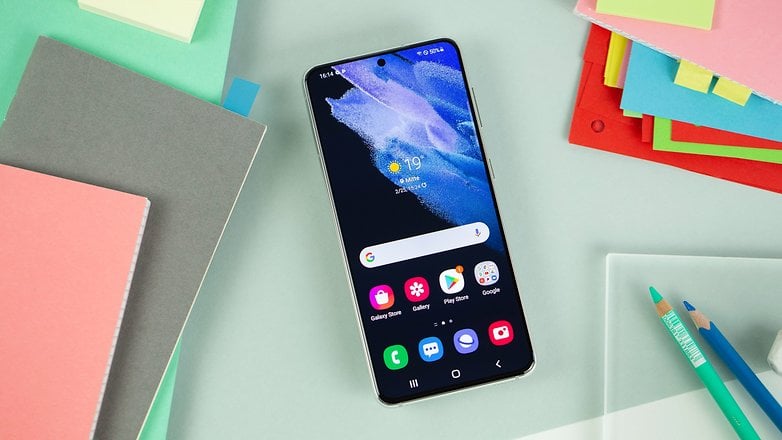
The size of the displays is also different, with 6.1-inches for the iPhone 13, 6.2-inches for the Galaxy S21, and 6.4-inches for the Pixel 6.
Combining the measurements with resolution, the iPhone 13 offers a higher dot density on the screen (460 DPI/PPP, with 1,170 x 2,532 pixels), versus 421 DPI for the Galaxy S21 and 411 DPI for the Pixel 6 (both with 1,080 x 2,400 resolution). However, your eyes would most probably be unable to tell the difference...and you must be a real nitpicker if you were to base your purchase decision on this criteria alone.
Galaxy S21 vs Pixel 6 vs iPhone 13: UI and system updates
When it comes to the user interface, we're faced with three distinctly different major software experiences. While the Pixel 6 and Galaxy S21 run on Android 12 with Samsung 's device still in beta, the iPhone 13 features the latest version of iOS 15.1.
Among the software highlights, security and privacy concerns are present in all three operating systems, with Artificial Intelligence (AI) and Machine Learning (ML) based services available on the device.
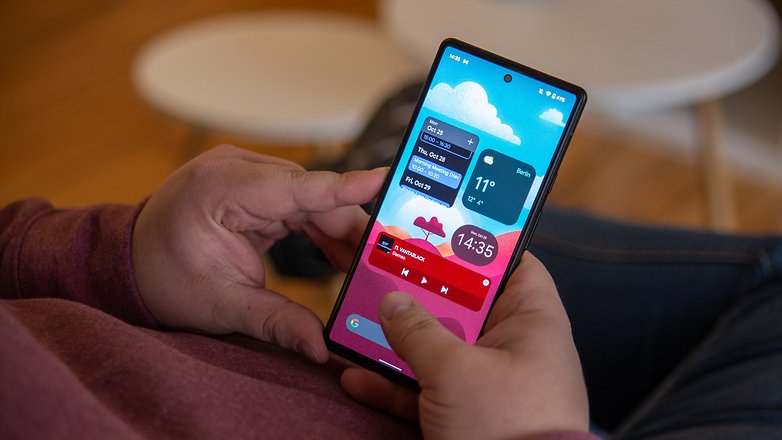
In addition to having at least two really distinct software experiences between these models, another point of separation would be OS updates. However, by 2021, the gap between system update releases between Android and iOS has narrowed.
While Apple offers up to five years of iOS updates, Samsung and Google guarantee at least three major Android updates, but four and five years of security updates for the Galaxy S21 and Google Pixel 6, respectively.
Also read:
- Android 12 update tracker: Which smartphones will receive the update
- Android 12: Which Samsung smartphones will receive the update?
- iOS 15: All features and functions that you need to know
Galaxy S21 vs Pixel 6 vs iPhone 13: Custom processor in all three devices
When it comes to the SoC, all three smartphones are the best examples in terms of verticalization - that is, relying on internally developed processors except for the North American versions of the Galaxy S21 which comes equipped with the Snapdragon 888 chipset.
The latest release would be Tensor, Google's first mobile SoC which features a curious configuration with two Cortex-X1 high-performance cores, two Cortex-A76 intermediate CPUs, and four Cortex-A55 high-efficiency cores.
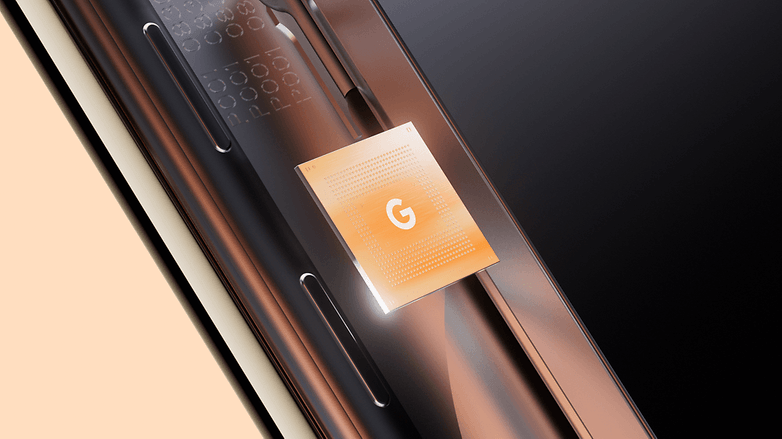
In benchmark tests, this SoC proved to not be superior in everyday tasks to the Exynos 2100 that powers the Galaxy S21, which features one X1 core, a trio of A78 CPUs (more modern and faster than the A76), and a quartet of A55 cores.
Google's trump card over the Samsung however, lies in the higher number of Mali-G78 graphics cores, which promises superior gaming performance, in addition to the integration of machine learning (ML) features.
Benchmarks
| Model/Benchmark | Google Pixel 6 | Samsung Galaxy S21 | iPhone 13 |
|---|---|---|---|
| Geekbench 5 (single/multi) | 1.031 / 2.803 | 899 / 2.961 | 1.716 / 4.555 |
| 3DMark Wild Life | 6.721 | 5.461 | 8.819 |
| 3DMark Wild Life Stress Test | 6.707 | 5.609 | 8.905 |
| 3DMark Wild Life Extreme Stress Test | 2.017 | 1.785 | 2.566 |
The iPhone 13, meanwhile, is in a category of itself when it comes to SoCs, as Apple uses its own CPU and GPU cores and they outperform the competition in benchmarks year after year as system optimizations make up for the shortfall of having half as much RAM as its rivals.
Galaxy S21 vs Pixel 6 vs iPhone 13: Cameras
On the innovation front, the camera is perhaps the most important feature on a smartphone today after software. While all of these models in this comparison hit the market in 2021, the Samsung Galaxy S21 is the only model that was announced in the first quarter of the year.
That might even place Samsung's vanilla variant at a disadvantage. However, out of the three smartphones, the Galaxy S21 is the only one to feature a triple camera system with a telephoto lens to boot.
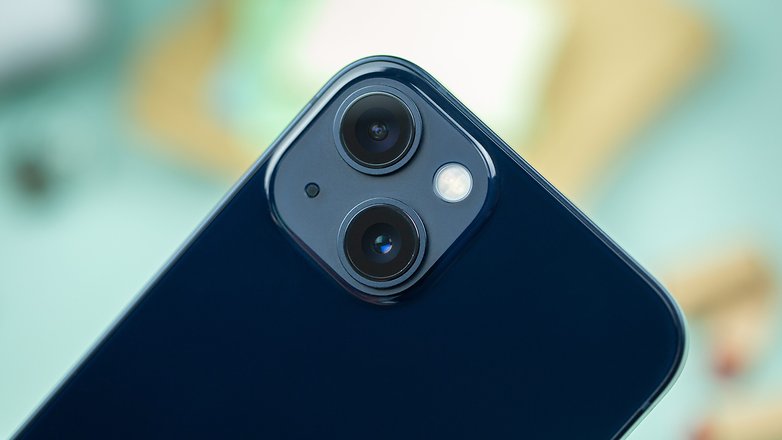
When it comes to the iPhone 13, however, we have the new Cinematic Mode, which applies the bokeh effect to videos, and Photographic Styles, which applies hue, temperature, and saturation changes using the iPhone's hardware to optimize the end result.
As for Samsung's camera software, the South Korean conglomerate also offers the blurred background effect in videos, but its accuracy is not the same as we found in the Cinematic Mode of the new iPhone 13.
The Pixel 6, on the other hand, makes use of Google's computational photography prowess, whose camera software is unique and cannot be found on other models that run on the Android operating system. Out of the three devices, the Pixel 6 is also the one with the largest main camera sensor, capable of capturing more light in low-light environments.
-
Participate in our 2021 camera blind test: The Pixel 6 Pro & iPhone 13 Pro enter the fray
Galaxy S21 vs Pixel 6 vs iPhone 13: Battery and charging technology
Another reflection of Apple's software-hardware integration is in the battery, with the iPhone 13 equipped with "only" a 3,227 mAh battery versus the Galaxy S21's 4,000 mAh and the Pixel 6's 4,614 mAh batteries, respectively.
In reviews by the NextPit team, the iPhone 13 generally offers enough battery life for a day's use, while this remains one of the weak points of the Galaxy S21 as pointed out by editor Benjamin Lucks.
First impressions of the Pixel 6 show a decent battery life but without the same efficiency found in the iPhone 13.
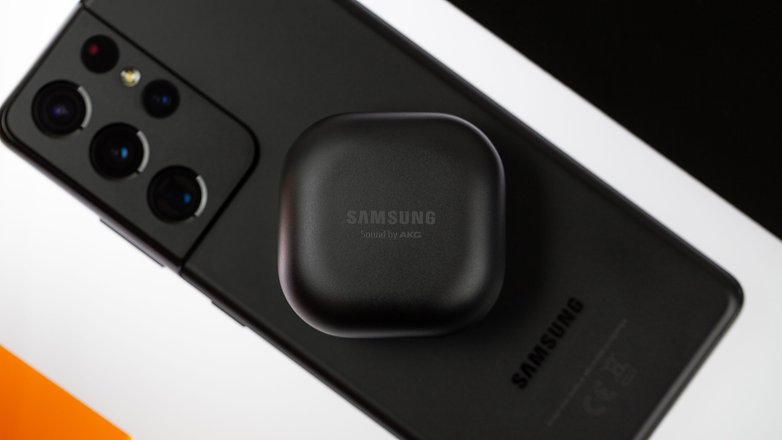
When it comes to battery charging, all three devices have average performance that lies far from what Chinese manufacturers offer. Here they are in increasing order, following the battery capacity: the iPhone 13 at 20 W; the Galaxy S21 at 25 W, and the Pixel 6 at 30 W.
All three smartphones are compatible with the Qi wireless charging standard, compatible with power up to 15 W. In the case of the iPhone 13, you can only with MagSafe chargers that are certified by Apple. As a plus, both the Galaxy S21 and Pixel 6 offer reverse wireless charging, allowing you to charge the batteries of your earbuds, smartwatch, or even another Qi-compatible smartphone.
Galaxy S21 vs Pixel 6 vs iPhone 13: Which one do I choose?
Samsung Galaxy S21? Apple iPhone 13? Google Pixel 6? Regardless of which model you choose to invest in, you're getting a great smartphone.
Of the three models, the Google Pixel 6 has limited worldwide availability. However, it offers a consistent hardware configuration, a pure software experience, in which the company that included a custom Tensor SoC also developed the operating system. Out of the three models, the Pixel 6 is the most recent release and deserves to be highlighted with the lowest launch price: $599 before taxes.
Launched in September, the iPhone 13 has the best performance among the three models on this list and has a strong camera software. Out of the three models on this list, it is most certainly my recommendation for those who want to use the device for content creation, highlighting the Cinematic Mode. On the other hand, the iPhone 13 is the most expensive option on this list, but it is also the smartphone with the longest lasting software support among the three.
Finally, the Galaxy S21 is the variant of this comparison list that is closest to having a successor released, which should hit the market in the first quarter of 2022. However, this is also the only one that offers a triple camera module, with the telephoto lens being the highlight. Right now, this is also the smartphone that can be purchased for the lowest price in this comparison.
This article was developed in collaboration with Rubens Eishima.












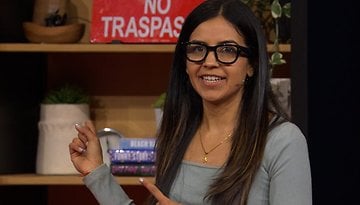

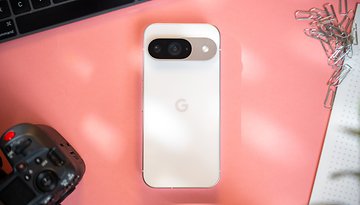




One of the things I have heard so much about is the incredible dictation ability of the Pixel; unbelievable accuracy. Yet, no review on this feature. I've become incredibly disgusted with iPhone with bugs and security concerns and the iTunes anti-LGBT that has surfaced with many titles no longer on the platform. Sadly, if I have to use this review as the basis for my evaluation, it looks like I'd be stuck with iPhone. I will look at other reviews to see if any cover what you missed. Most of us these days use our phones not only for personal but also business use. I don't like the the Pixel interference with images; I need something that will capture as close to what is actually present and normally visible and not enhanced. Enhancements should be processed afterwards on when requested, or via the use of thiird party applications. Otherwise, the end uses loses control of authenticity.
I would choose the Samsung Galaxy S21, because I hate both fast charging and iOS.
I 've also always hated the stock Android interface: it 's too minimal and doesn 't match my tastes in terms of design and functions!
Good Post.